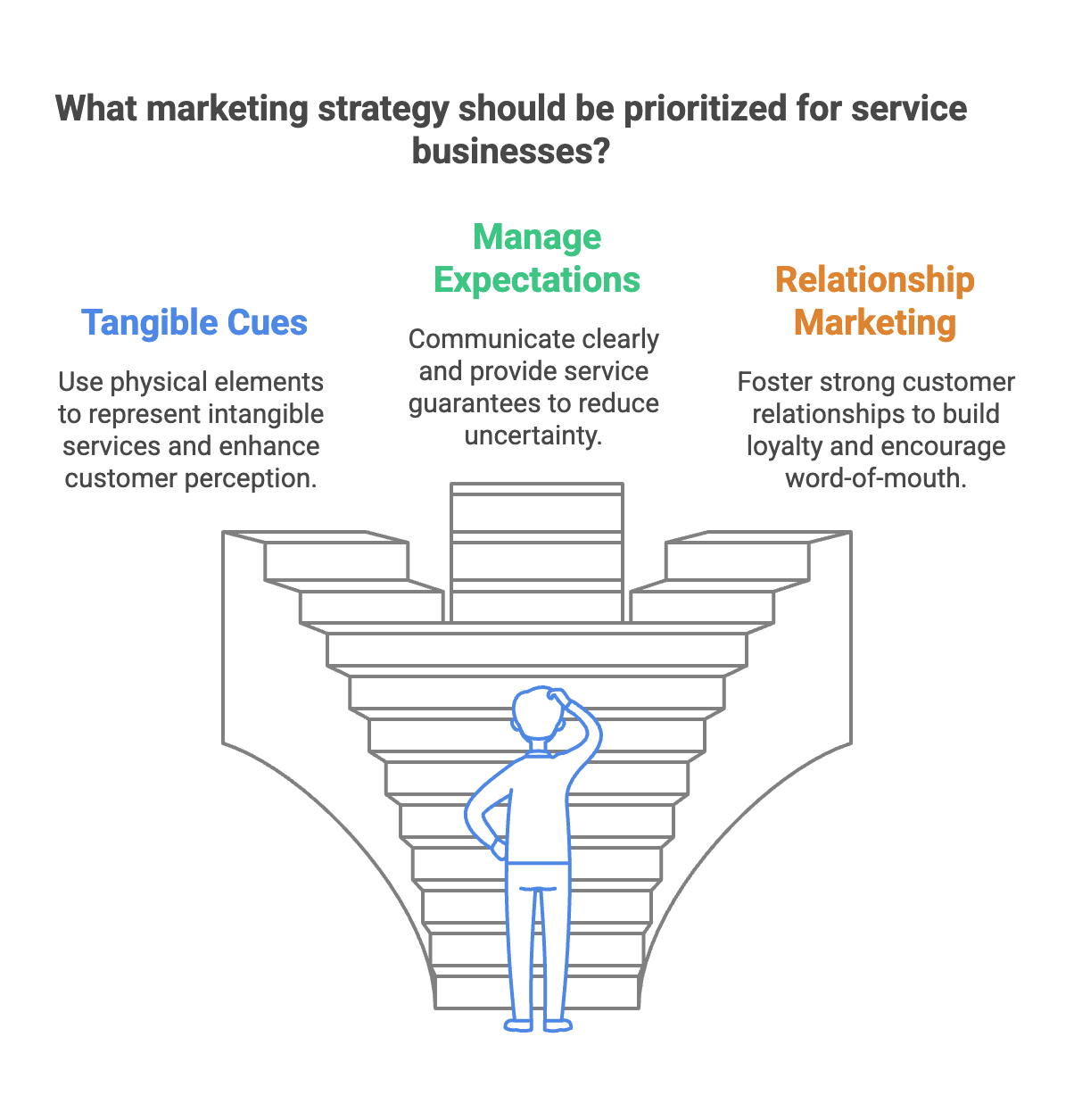Difference in goods and service in marketing,
Marketing goods and services differ significantly due to their inherent characteristics. Here's a breakdown:
Goods vs. Services
| Feature | Goods | Services |
|---|---|---|
| Nature | Tangible, physical products | Intangible, non-physical activities |
| Ownership | Transferable | Non-transferable |
| Production & Consumption | Produced before consumption | Produced and consumed simultaneously |
| Evaluation | Based on tangible attributes (quality, features) | Based on intangible attributes (experience, expertise) |
| Inventory | Can be stored | Cannot be stored (perishable) |
| Standardization | Easier to standardize | Difficult to standardize (heterogeneous) |
| Distribution | Physical channels | Personnel or digital platforms |
| Examples | Cars, furniture, clothing | Education, healthcare, transportation |
Characteristics of Services
Services possess unique characteristics that impact their marketing:
- Intangibility: Services cannot be seen, touched, or tasted. This makes it challenging for consumers to evaluate them before purchase, requiring marketers to focus on building trust and demonstrating value through testimonials, guarantees, and strong branding.
- Perishability: Services cannot be stored for later use. This necessitates careful capacity management and strategies to match supply with demand, such as dynamic pricing and reservations.
- Heterogeneity: Service quality can vary significantly depending on the provider, the customer, and the specific circumstances. This makes it crucial to invest in training, standardization, and quality control measures.
- Inseparability: Production and consumption of services often occur simultaneously, with the customer involved in the process. This highlights the importance of customer interaction, personalized service, and managing the service encounter effectively.
Marketing Implications
These differences lead to distinct marketing approaches:
- Emphasis on Tangible Cues: For services, marketers need to create tangible cues to represent the intangible offering. This can include physical environment, staff appearance, and marketing materials.
- Managing Customer Expectations: Clear communication and service guarantees are crucial to manage customer expectations and address the uncertainty associated with intangible services.
- Relationship Marketing: Building strong customer relationships is vital for service businesses, as customer loyalty and word-of-mouth are essential for success.
- Internal Marketing: Motivating and training employees is critical, as they are directly involved in service delivery and influence customer perception.
 By understanding these differences and adapting marketing strategies accordingly, businesses can effectively promote and deliver value in both goods and services markets.
By understanding these differences and adapting marketing strategies accordingly, businesses can effectively promote and deliver value in both goods and services markets.
